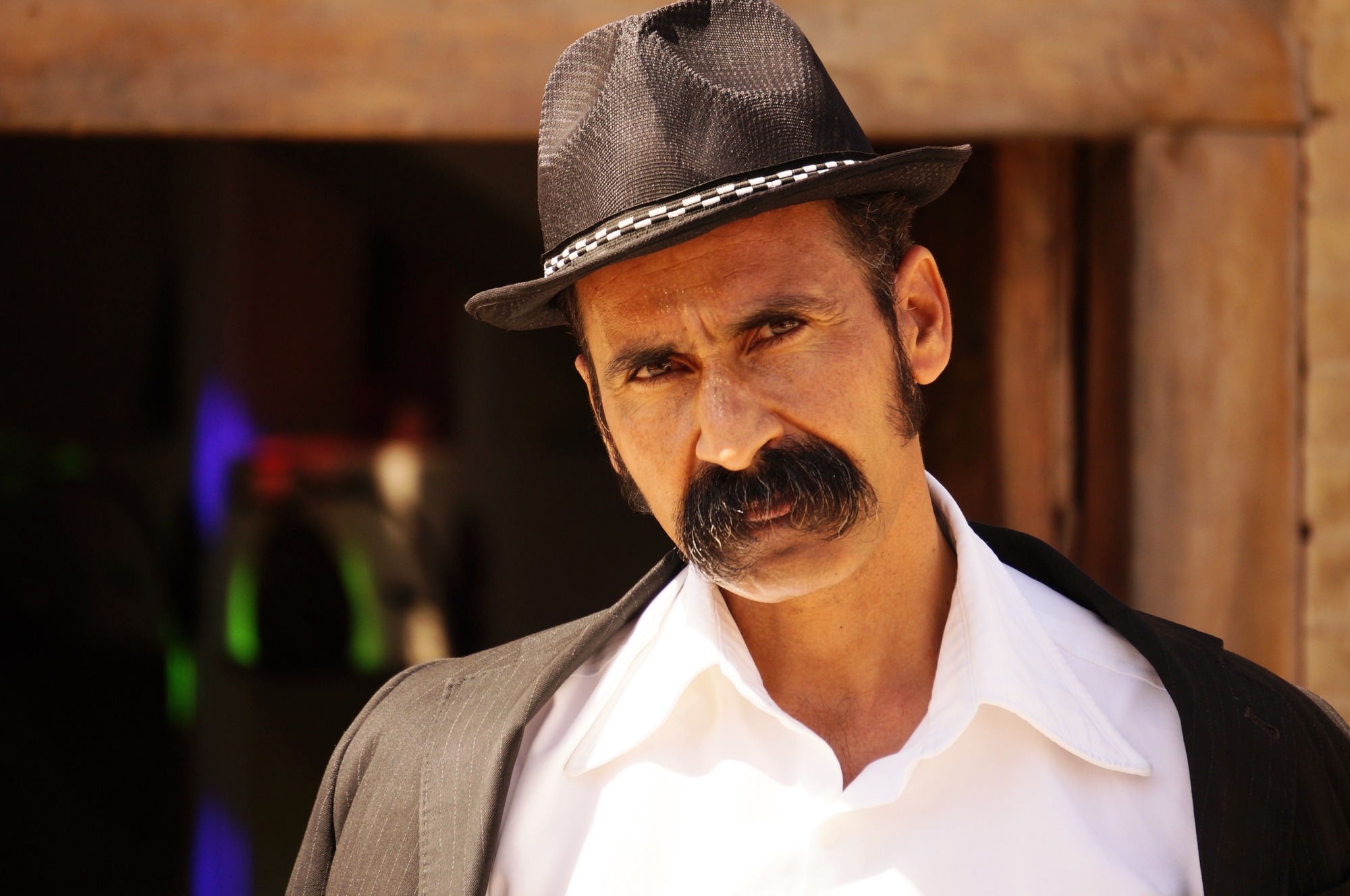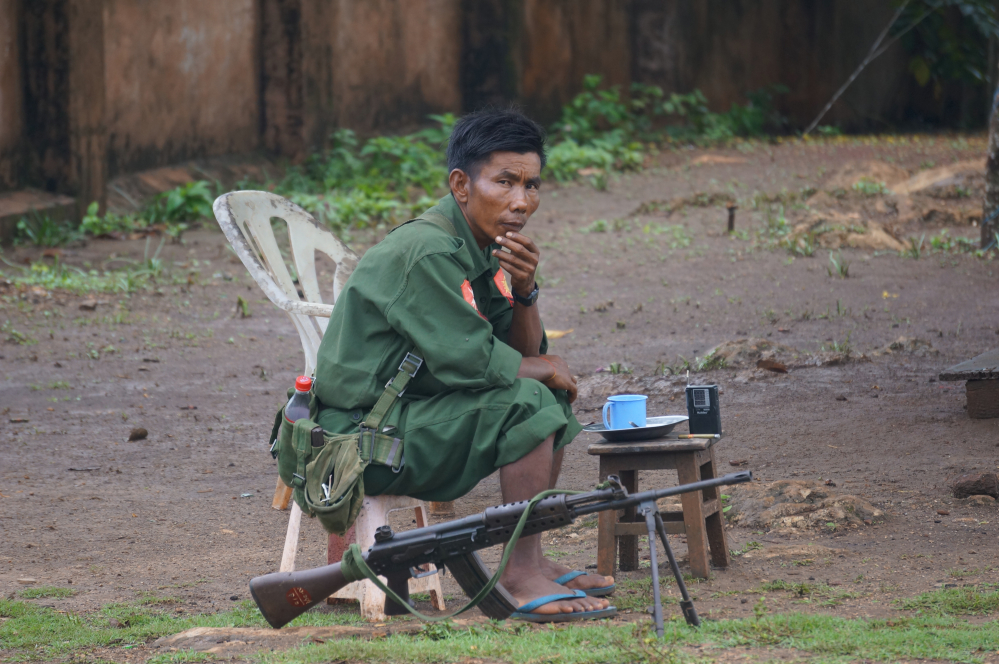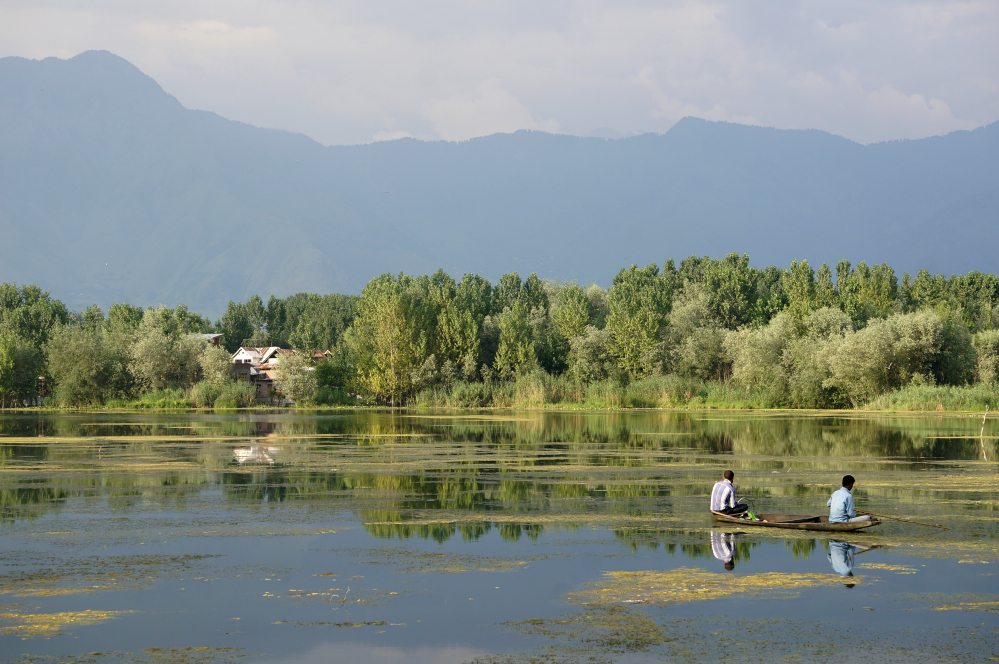I travelled to Iran with a friend of mine, Jacob, and his father, Safar, who was born and raised in Afghanistan. He proved to be a great guide and translator because he wouldn’t stop talking to people. One reason I was hesitant to travel to Iran was because, in my experiences working with Iranians seeking protection in Australia, I found many of them to be quite challenging characters. I say this acknowledging the hardships they must have endured to get to Australia and the pressure they still suffer in the midst of the Australian refugee processing system. However, many Iranians will be the first to agree with me in this regard. While many of the racial or ethnic groups I work with tend to settle in similar areas and support each other, most of the Iranians I work with don’t want to live with each other. They want to be separate from the Iranian community. I have been told this is because in Iran they are suspicious of each other; they are worried that their neighbours will turn them in for doing the wrong thing.
My experiences in Iran were contrary to this. The people were nothing but hospitable, generous, and friendly towards me. People approached me on the street to speak to me: some welcomed me to Iran, others asked how they can get to Australia. Of course, those people who introduced themselves to me were tourist-friendly and did not necessarily reflect all of society. The more conservative types probably avoided me and may not have been so friendly. It did not take me long to start engaging with the Iranian social etiquette called taroff.
Safar, Jacob and I took a taxi to Kashan and when our taxi driver dropped us off he told us the fare was free. I thought it was a stroke of good fortune, but Safar haggled with him to let us pay. He wanted us to set the fare and I was torn between ripping him off and paying a reasonable fare. It’s a backwards way of negotiating, but that’s how it is in Iran. Not all the time, mind you, but enough to make you sweat during a few exchanges.
Kashan is an ancient town of brown-domed buildings, bazaars and historical houses. We drank teas with biscuits and ate lamb shanks with yoghurt. Every second meal seemed to be a kebab. This was the Iran I was expecting without knowing anything about Iran. Most doors in Kashan have two knockers, specific to each gender: the round knocker is for women, the long and thin, phallic knocker for men. They are designed to give off different sounds so people inside know if it’s a man or a woman at the front door. That was important in a society where women lived in purdah.
We looked for the historical houses down narrow corridors and flights of stairs. We saw many tour groups of mainly elderly Germans and groups of young German backpackers. This tourist demographic makes a mockery of many Australians’ view that Iran is dangerous. Eventually one path led to a large courtyard with aqua-tiled pools and cedar trees and lounges. At Manouchehri House, artisans hand-weave velvet, silk, and brocades. Weaving the embossed velvet and the brocade is a painfully slow process (centimetres per hour) and takes two people to operate the enormous loom; however it produces velvet that costs US$130 per metre and brocade that costs US$85 per metre. Manouchehri House is acting to preserve the ancient, Safavid-era textile techniques by supporting local artisans who produce these handicrafts. Mr Mirza and Mr Taleh are two artisans who have been weaving cotton and silk (sharbafi) for over 71 years. Mr Mirza started when he was 7.
Before we left Kashan we visited the Bagh-e Fin, a UNESCO World Heritage-listed garden irrigated by a mountain spring. The garden was supposedly made in the 6th century and is an incredible feat considering the dusty landscape.
Touring Kashan, reading books and enjoying teas in historical homes, it was easy to think that Iran is a safe and peaceful country; but this is a purely surface deep observation of the country. Anyone who has read an Amnesty International Country Report would know that there is a more sinister side to Iran, if one cares to delve a little deeper.
On the road from Kashan to Esfahan we passed a nuclear facility. Our taxi driver, who was a middle-aged woman, told us no-one is allowed to take photos of the site, no-one even talks about it. You’re not allowed to stop in the area: if you do the police will move you on. It is a no fly zone: the area was marked out by fences and anti-aircraft guns. There wasn’t much else to see. Our taxi driver said the facility is underground. When I asked her what she thinks of the facility, she said, “I am not political.” But she did mention that the local people are suspicious of nuclear energy. They think it causes illnesses in the people and problems with the soil. She said her 26-year-old sister has breast cancer and she seemed to think it has something to do with the facility.



